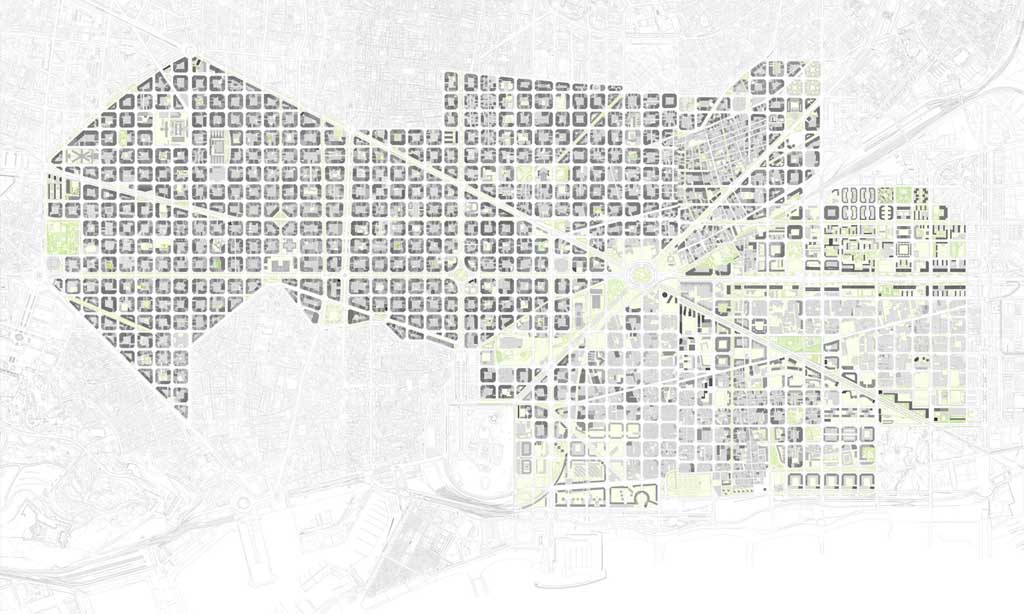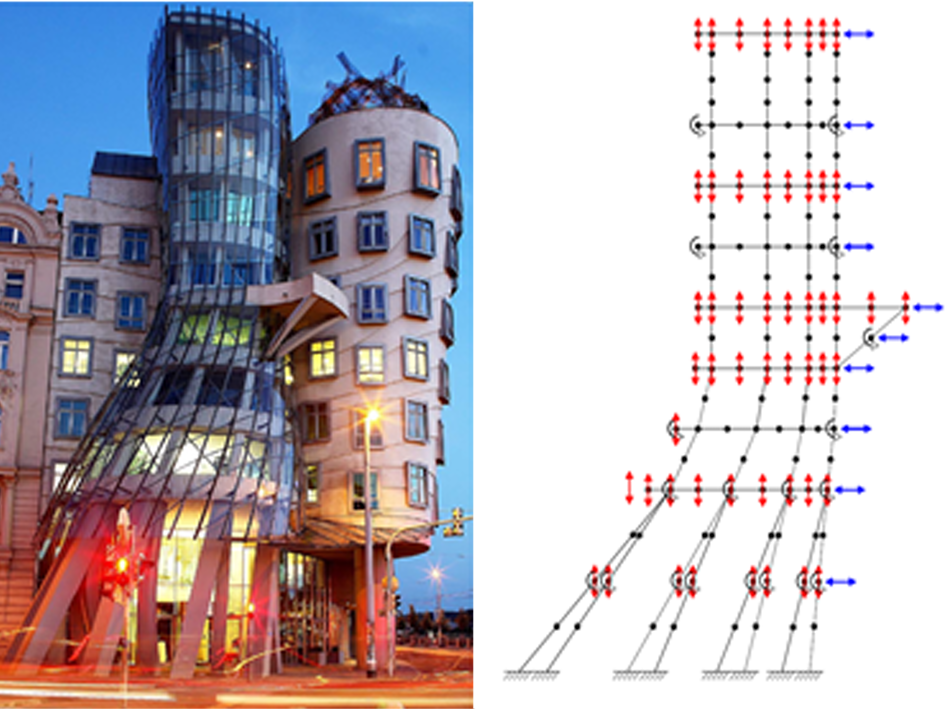| Summary | To prevent accidents and failures in transport infrastructures preventive or corrective actions are required. For safety, functionality and cost reasons, preventive actions are preferable to corrective ones. During the life cycle of infrastructures, both in construction and in service phase, the builder or the property might measure some physical parameters (displacements, rotations, forces) in order to know if a given infrastructure (tunnel, bridge, building) behaves as expected. However, the obtained data rarely substantiate the identification of the actual state of the structure or are associated with a certain probability of failure. In most cases, technicians decide to implement (or not) maintenance or repair works on infrastructures without knowing their actual state based on monitoring information (if any), visual inspections and their own intuition/experience. This maintenance procedure causes security and functionality problems (as demonstrated by the collapse of the I-35W Bridge) with the consequent social problem involved. Furthermore, an inefficient maintenance is associated with a higher cost for the administration for severe repairs. To facilitate decision-making during life cycle of the infrastructures support systems must be developed.
Despite their usefulness, these systems have not yet been made available in the literature due to the complexity of combining advanced and complex scientific, mathematical and practical aspects in areas as diverse as structural identification, monitoring, dynamic analysis, and reliability techniques. The aim of this project is to fill this gap by developing a system to help decision-making during the life cycle of major infrastructures (smart-infrastructures such as bridges, buildings and tunnels). The integral system to help decision-making will consist of a structural identification tool, which will identify damage in structures associated with a certain reliability. This tool will enable to locate and quantify damages in infrastructures from their static or dynamic responses in non-destructive tests by a totally new methodology: observability. The method of structural identification by observability techniques (without reliability) has already published by members of the investigation team for the identification of bar-element structures with static excitations. In this project, this method will be developed to solve the identification from static or dynamic response of 1D or 2D-element modeled bridges, buildings and tunnels, enabling the identification and the localization of damages with a certain associated reliability index. For the first time, the observability techniques will be applied to actual infrastructures. The main advantage of this method with respect to most of the methods presented in the literature is the fact that it is based on equations with a physical meaning (parametric method) so that the results are easily interpretable. |






